Benefits of Shea Butter for Skin
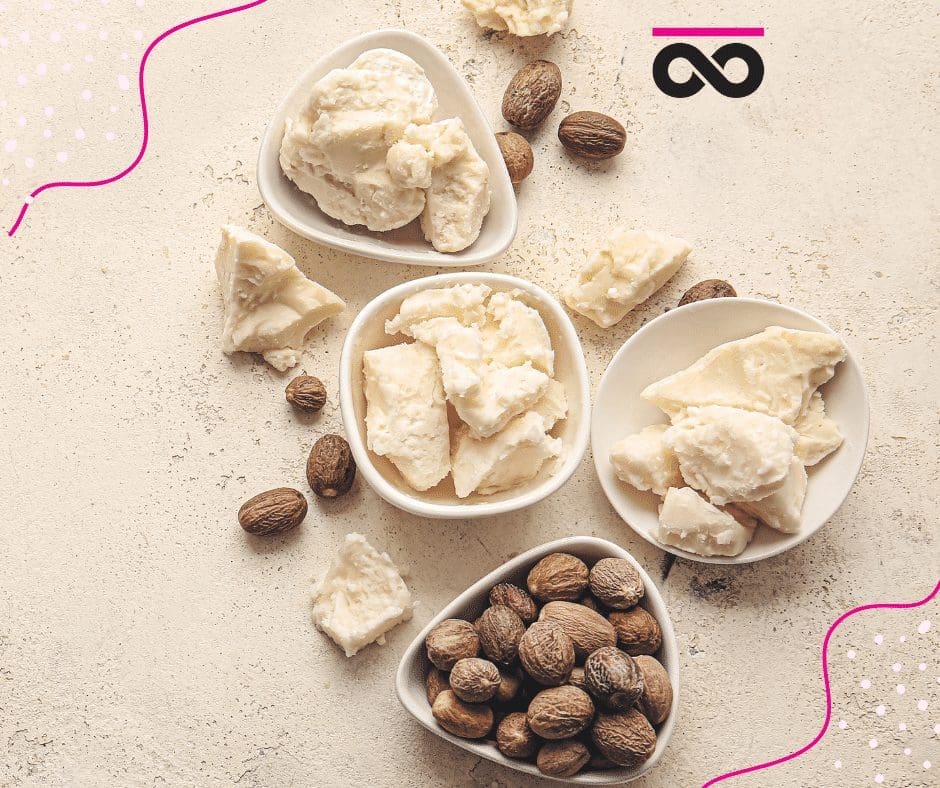
Shea Butter is one of those ingredients that when I was introduced to it, I was immediately enamored and have since spent a lot of time researching the benefits of Shea Butter for skin. The rich, luxurious butter is easily absorbed into the skin making it so soft and supple – I faithfully use it every night before bed! I’m hooked!
When I first began creating body butters and a scrub bar dupe, Shea Butter was on the top of my ingredient list. Our Whipped Shea Butters are amazing for remedying and preventing dry skin. I include Shea Butter in many of Taboodoir’s products because it is such a wonderful, luxurious ingredient – and we source only the finest Shea Butter for our products!
Keep reading to learn more about the benefits of Shea Butter for skin, where it comes from, and its other amazing uses.
Where Does Shea Butter Come From?
Shea Butter is derived from the nuts of the indigenous Shea or Karite trees of West Africa, where approximately 500 million trees grow wild from Senegal to Sudan. Shea trees first begin to bear large, green, plum-like fruit when they are between 10 and 15 years old, reaching full-bearing potential when they are between 20 and 50 years of age. One amazing fact: Shea trees are known to have a lifespan of up to 200 years and continue to produce fruits up until this time!
The Shea tree has been nicknamed “Tree of Life” for its ability to address numerous skin, hair, and health conditions, and in some of Africa’s poorest regions, the Shea tree has become important to the economy and to the livelihood. In these villages of Africa, Shea Butter is extracted primarily by women, whose main source of income is Shea Butter production – hence its name “Women’s Gold.”
What is Shea Butter?
Shea Butter (Butyrospermum parkii butter) has been a popular ingredient in African food, skin, hair, and medicinal products for over a thousand years. It is obtained by drying out the nuts of the Shea tree and removing the hard outer shell. The inner flesh of the nut is then grounded, roasted, and boiled down to its pure elements. At this point it may be refined to reduce any imperfections. It is known for its versatility and is used as an ingredient in everything from food to beauty products. Rich in Vitamins A, E, and F, minerals, and fatty acids, Shea Butter is a particularly effective emollient (skin-softening agent), protectant, and moisturizer.
Shea Butter has a rich, thick, soft texture and is solid at room temperature with a distinctive smoky, nutty scent. It ranges in color from yellow to white to even gray or green depending on its region of origin, season, and processing method. While raw, unrefined Shea Butter can be used on the skin, many lotions use refined Shea Butter as an ingredient due to its mild aroma and consistent texture.
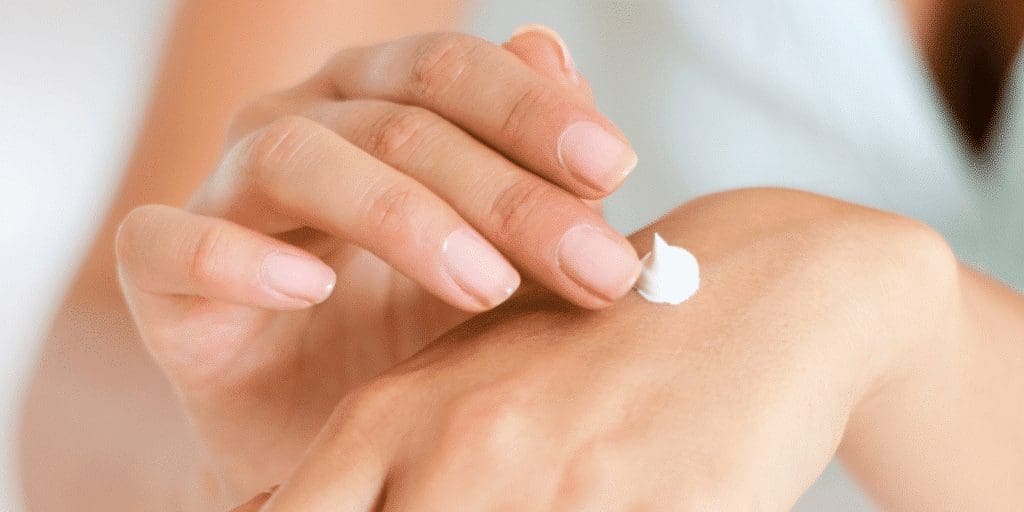
Uses of Shea Butter
Shea Butter is one of the most beloved ingredients in hair and skin care products, and is especially popular in creams and lotions due to its ability to protect and soothe the skin from the harsh, drying, irritating effects of the environment. It is safe and gentle on sensitive skin, and is used as an ingredient in lip balm, cuticle cream, deodorant, massage butter, and even scrubs.
When applied topically, Shea Butter is known to be a “skin superfood” that nourishes skin to promote its clarity and addresses problems such as dryness, blemishes, dark spots, discolorations, stretch marks, and wrinkles without clogging pores. It supports skin elasticity and suppleness, boosts collagen production, and increases circulation while promoting skin cell regeneration.
Shea Butter also has a wide range of other uses – in everything from food products (it is found in traditional African dishes and can be used as an ingredient in cocoa butter substitutes) to cooking oil, candles, waterproof wax, and even medicinal applications. Shea Butter prevents skin-irritating and acne-causing bacteria from lingering on the skin, relieves nasal congestion, and creates a barrier on skin that protects it from harsh environmental elements, while facilitating wound healing.
Benefits of Shea Butter for Skin
Shea Butter is made up of a powerful mixture of nutrients and vitamins that promote soft, healthy skin. It contains stearic, linoleic, oleic, and palmitic fatty acids, as well as triglycerides, allantoin, and vitamins A, E, and F. The antioxidants in Shea Butter fight free radicals to keep cells healthy, and its anti-inflammatory effects are well documented.
Shea Butter is known to not only soothe, but also help promote the healing of skin conditions like eczema, psoriasis, and dermatitis. Unlike many other types of oils, Shea Butter has both moisturizing and sealing properties, meaning it is able to hydrate the skin and then form a protective barrier to prevent loss of water.
Despite its rich, creamy texture, Shea Butter absorbs quickly and does not clog pores, making it a great option for acne-prone skin. This, combined with its anti-inflammatory and antibacterial elements, make it an ideal choice for those looking to moisturize while avoiding breakouts.
Shea Body Butters and Scrub Bars
Now that we’ve discussed the many beautiful benefits of Shea Butter…are you ready to treat your skin to its rich nourishment? Check out our amazing line of butters and body polishes that soothe and moisturize, leaving your hands, face, feet, and body feeling hydrated and pampered.
Note: The Shea Butter in Taboodoir’s products is sourced from women’s cooperatives in Ghana and other African Countries and is 100% free from chemicals, preservatives, parabens, phthalates, sulfates, SLS, SLES.
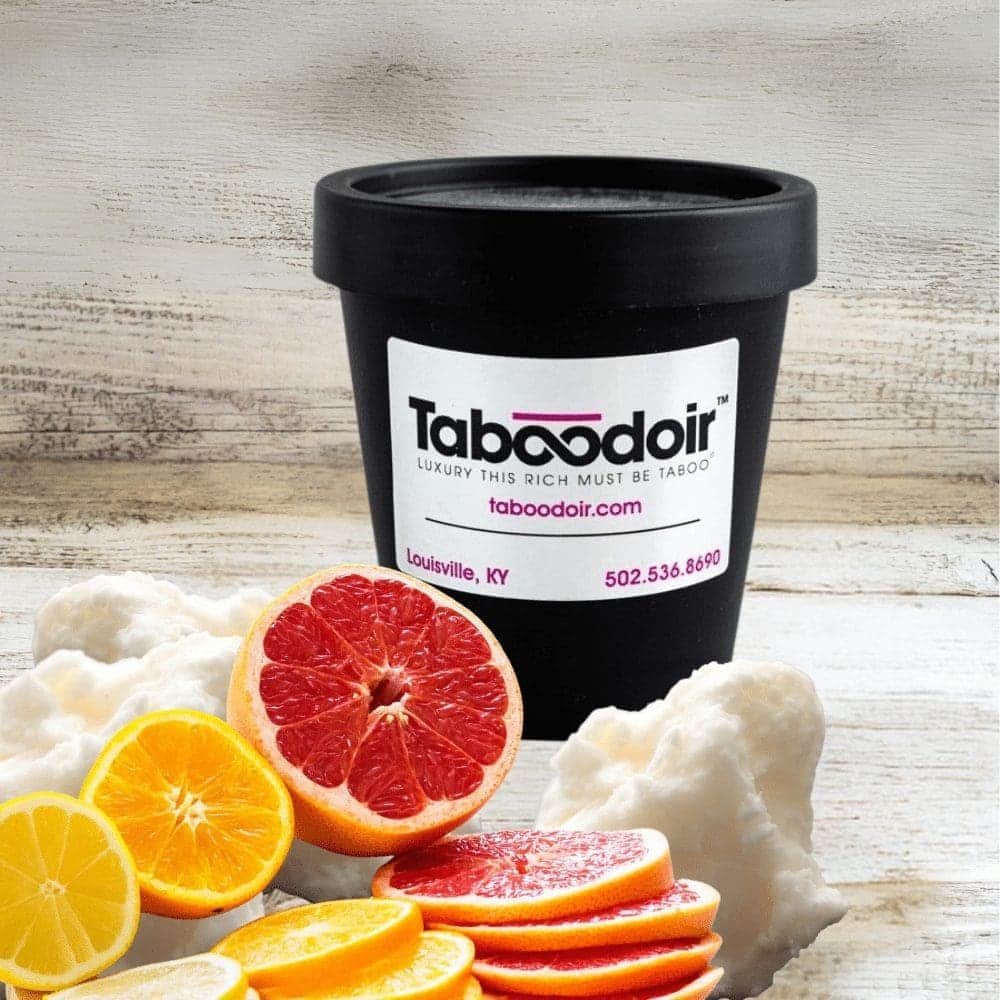
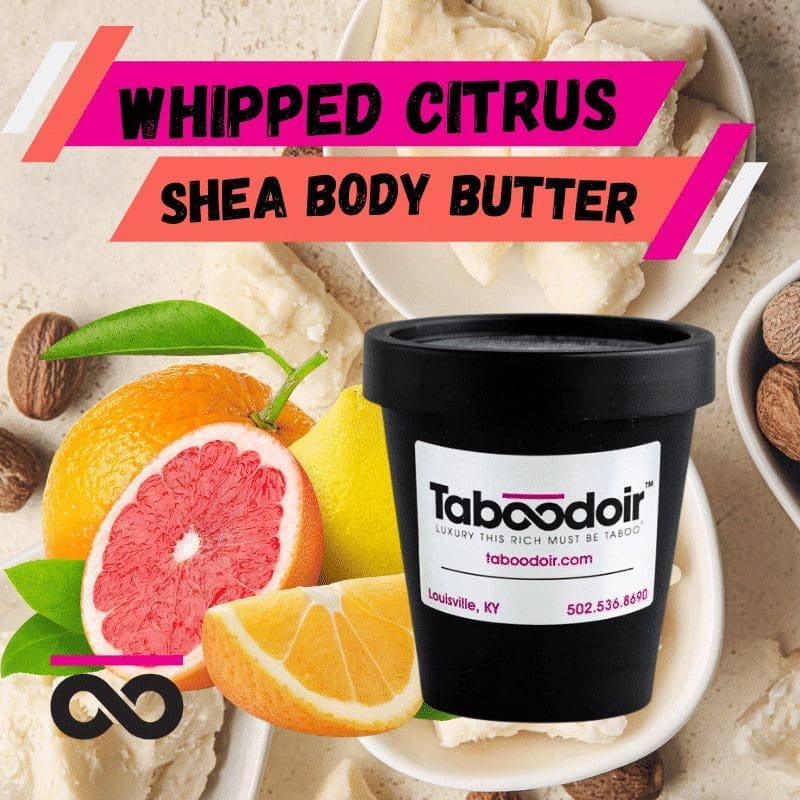
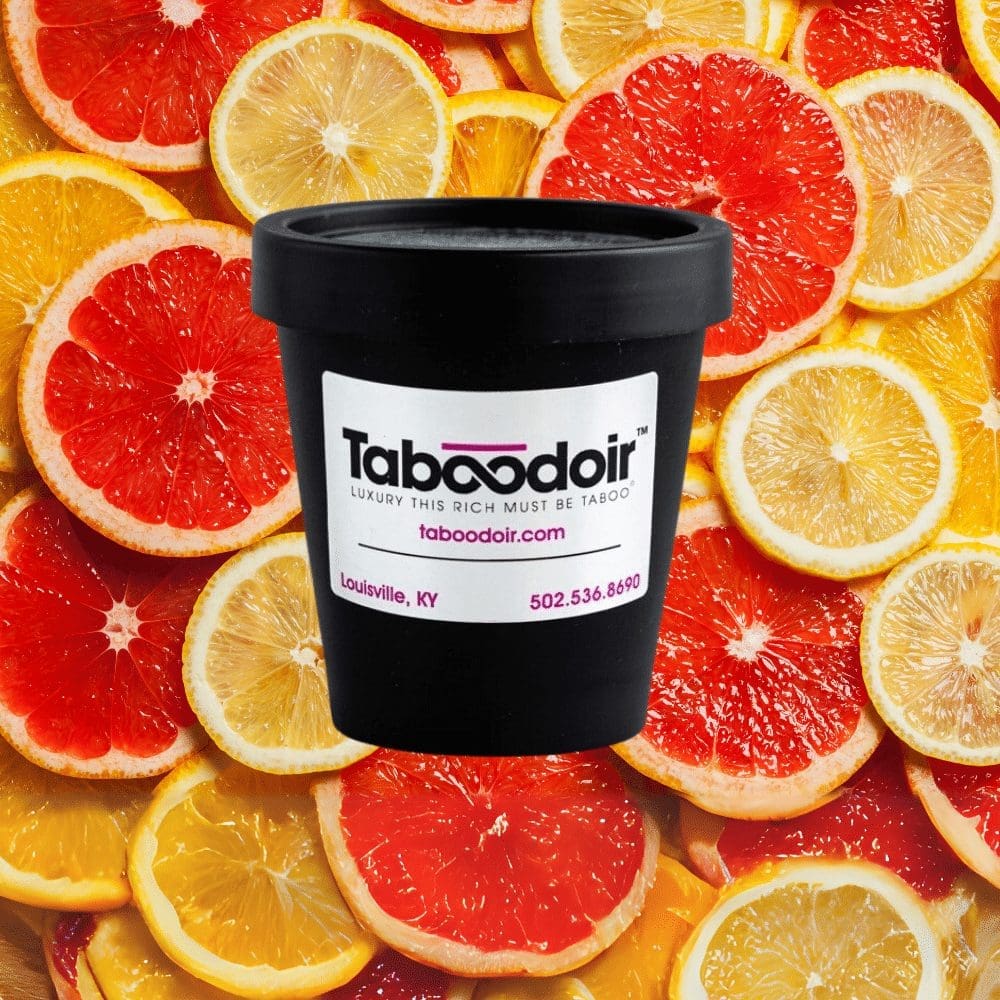
Benefits of Shea Butter for Skin

Shea Butter is one of those ingredients that when I was introduced to it, I was immediately enamored and have since spent a lot of time researching the benefits of Shea Butter for skin. The rich, luxurious butter is easily absorbed into the skin making it so soft and supple – I faithfully use it every night before bed! I’m hooked!
When I first began creating body butters and a scrub bar dupe, Shea Butter was on the top of my ingredient list. Our Whipped Shea Butters are amazing for remedying and preventing dry skin. I include Shea Butter in many of Taboodoir’s products because it is such a wonderful, luxurious ingredient – and we source only the finest Shea Butter for our products!
Keep reading to learn more about the benefits of Shea Butter for skin, where it comes from, and its other amazing uses.
Where Does Shea Butter Come From?
Shea Butter is derived from the nuts of the indigenous Shea or Karite trees of West Africa, where approximately 500 million trees grow wild from Senegal to Sudan. Shea trees first begin to bear large, green, plum-like fruit when they are between 10 and 15 years old, reaching full-bearing potential when they are between 20 and 50 years of age. One amazing fact: Shea trees are known to have a lifespan of up to 200 years and continue to produce fruits up until this time!
The Shea tree has been nicknamed “Tree of Life” for its ability to address numerous skin, hair, and health conditions, and in some of Africa’s poorest regions, the Shea tree has become important to the economy and to the livelihood. In these villages of Africa, Shea Butter is extracted primarily by women, whose main source of income is Shea Butter production – hence its name “Women’s Gold.”
What is Shea Butter?
Shea Butter (Butyrospermum parkii butter) has been a popular ingredient in African food, skin, hair, and medicinal products for over a thousand years. It is obtained by drying out the nuts of the Shea tree and removing the hard outer shell. The inner flesh of the nut is then grounded, roasted, and boiled down to its pure elements. At this point it may be refined to reduce any imperfections. It is known for its versatility and is used as an ingredient in everything from food to beauty products. Rich in Vitamins A, E, and F, minerals, and fatty acids, Shea Butter is a particularly effective emollient (skin-softening agent), protectant, and moisturizer.
Shea Butter has a rich, thick, soft texture and is solid at room temperature with a distinctive smoky, nutty scent. It ranges in color from yellow to white to even gray or green depending on its region of origin, season, and processing method. While raw, unrefined Shea Butter can be used on the skin, many lotions use refined Shea Butter as an ingredient due to its mild aroma and consistent texture.

Uses of Shea Butter
Shea Butter is one of the most beloved ingredients in hair and skin care products, and is especially popular in creams and lotions due to its ability to protect and soothe the skin from the harsh, drying, irritating effects of the environment. It is safe and gentle on sensitive skin, and is used as an ingredient in lip balm, cuticle cream, deodorant, massage butter, and even scrubs.
When applied topically, Shea Butter is known to be a “skin superfood” that nourishes skin to promote its clarity and addresses problems such as dryness, blemishes, dark spots, discolorations, stretch marks, and wrinkles without clogging pores. It supports skin elasticity and suppleness, boosts collagen production, and increases circulation while promoting skin cell regeneration.
Shea Butter also has a wide range of other uses – in everything from food products (it is found in traditional African dishes and can be used as an ingredient in cocoa butter substitutes) to cooking oil, candles, waterproof wax, and even medicinal applications. Shea Butter prevents skin-irritating and acne-causing bacteria from lingering on the skin, relieves nasal congestion, and creates a barrier on skin that protects it from harsh environmental elements, while facilitating wound healing.
Benefits of Shea Butter for Skin
Shea Butter is made up of a powerful mixture of nutrients and vitamins that promote soft, healthy skin. It contains stearic, linoleic, oleic, and palmitic fatty acids, as well as triglycerides, allantoin, and vitamins A, E, and F. The antioxidants in Shea Butter fight free radicals to keep cells healthy, and its anti-inflammatory effects are well documented.
Shea Butter is known to not only soothe, but also help promote the healing of skin conditions like eczema, psoriasis, and dermatitis. Unlike many other types of oils, Shea Butter has both moisturizing and sealing properties, meaning it is able to hydrate the skin and then form a protective barrier to prevent loss of water.
Despite its rich, creamy texture, Shea Butter absorbs quickly and does not clog pores, making it a great option for acne-prone skin. This, combined with its anti-inflammatory and antibacterial elements, make it an ideal choice for those looking to moisturize while avoiding breakouts.
Shea Body Butters and Scrub Bars
Now that we’ve discussed the many beautiful benefits of Shea Butter…are you ready to treat your skin to its rich nourishment? Check out our amazing line of butters and body polishes that soothe and moisturize, leaving your hands, face, feet, and body feeling hydrated and pampered.
Note: The Shea Butter in Taboodoir’s products is sourced from women’s cooperatives in Ghana and other African Countries and is 100% free from chemicals, preservatives, parabens, phthalates, sulfates, SLS, SLES.



